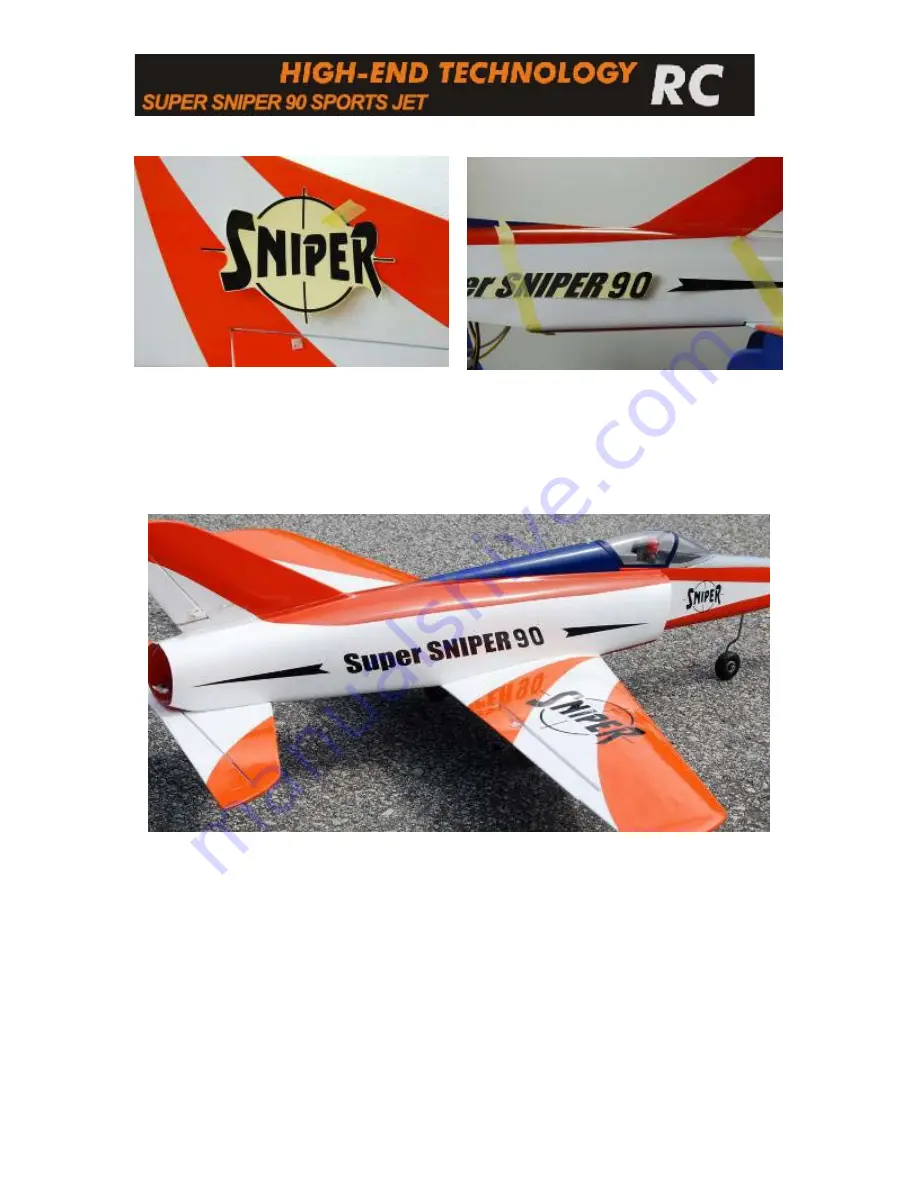
Page 32/34
Step 12: Decals
Cut the decal from the decal sheet. Leave
the protective back on the decal. Cut the
decal as close to the edge as possible. The
clear film might otherwise be visible.
Clean the surface area with cleaning
alcohol.
Adjust the decals on the model and secure
them with masking tape. Create a guide
with masking tape as a reference.
Trim 10mm of the protective back at one
end and line up the decal. Press the
adhesive part to the model.
Slowly remove the protective back and rub the decal in place at the same time.
Ensure that no air gets trapped under the decal.
Do not rub too hard on the wooden surfaces as you might otherwise dent it.



































